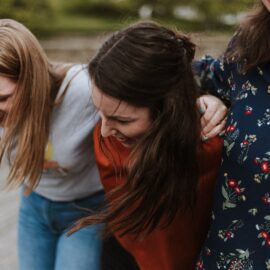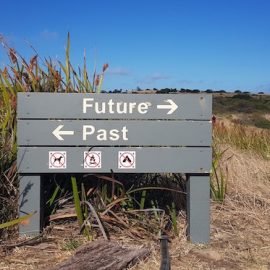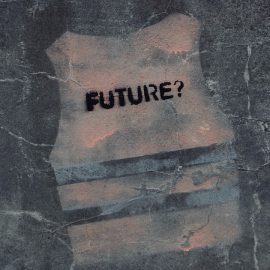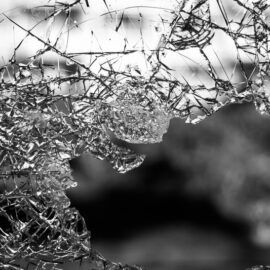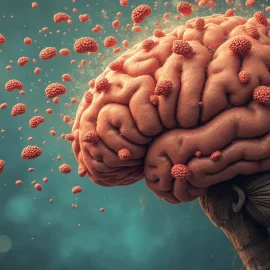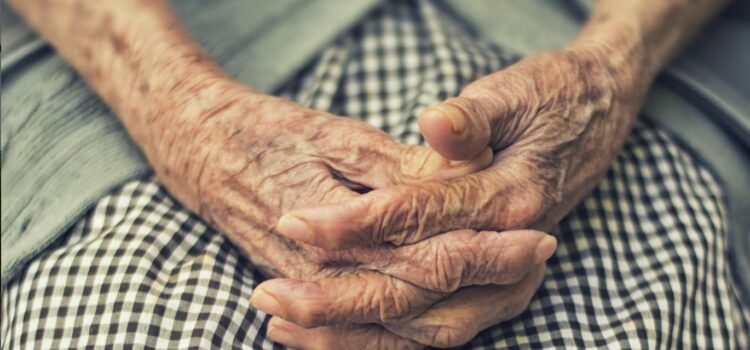
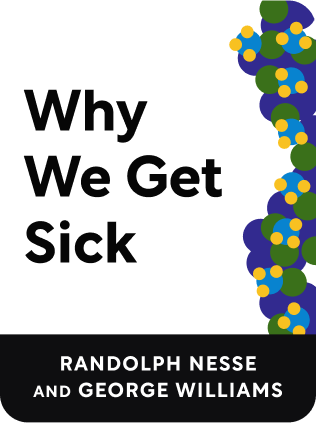
This article is an excerpt from the Shortform book guide to "Why We Get Sick" by Randolph Nesse and George Williams. Shortform has the world's best summaries and analyses of books you should be reading.
Like this article? Sign up for a free trial here .
Why do humans age at the rate we do? What evolutionary factors play a role in the human aging process?
Human aging is an unavoidable part of life. Over time, organ systems wear out and we become more susceptible to disease and injury. Find out why this process occurs and how it came to be this way through evolution.
Continue reading to learn about human aging.
Why We Still Age
What people call human aging is biologically termed senescence, the bodily deterioration accompanying age. Human organ systems tend to wear out at the same rate, on average. Maintenance and repair systems lose their efficacy, and old people become progressively more vulnerable to diseases and injuries.
Senescence has been stable over time. Over the past centuries, the average human lifespan has increased, but the maximum lifespan has not. Despite all our medical advances, humans cannot live past about 115 years.
Theoretically it would be a huge reproductive advantage to maintain health for more time – imagine humans who lived to be 300 and reproduced for 100 years. Why haven’t humans evolved to live longer?
Promoting Reproduction First
Early theories suggested senescence was necessary to make room for the young. But natural selection doesn’t occur on the group level. It’s also prone to exploitation by individuals who don’t follow the same strategy—the gene that caused individuals to reproduce rapidly and live longer would overtake the population.
Later theories, in line with our other explanations of why genes persist, suggest that genes that promoted early survival and reproduction would be selected for, even if they cause disease later in life. In a Stone Age world where most people die for reasons other than old age, there wouldn’t be adverse selection against senescence.
Again, per evolutionary medicine principles, there must be a competitive equilibrium at play – living longer must confer some compensatory fitness disadvantage, and the inverse is true. The balance is between faster, more aggressive mating (which may necessarily cause decreased longevity) vs. longer lifespan (which may necessarily trade off with decreased fertility).
Here are examples of genes that confer advantages early in life but cause later disease:
- Hemochromatosis—excess absorption of iron avoids anemia in early life, especially in women and menstruations, but causes disease later.
- Pepsinogen I—a mutation causing excess production increases gastric acid and thus the chance of peptic ulcers, but it may protect against infections.
- Our immune system is age biased—it protects from infection, but it also damages tissues and promotes cancer. It helps us survive in our early days, at the expense of long-term damage.
- Alzheimer’s Disease is absent in primates. It produces abnormalities in recently evolved regions of the brain. Therefore, it’s possible the genes causing it may confer some advantages in intelligence.
Here’s more suggestive evidence that lifespan and fertility trade off with each other:
- Caloric restriction: Mice on caloric restriction extend their lifespans, but they don’t reproduce. They stay suspended in a pre-reproductive state waiting for adequate food supply.
- When beetle populations undergo artificial breeding for earlier reproduction, they show shorter lifespans and earlier senescence. Somehow, a biology oriented toward earlier reproduction reduces lifespan. The inverse was true of fruit flies that were bred for longer lifespans—they reproduced less.
- A species of opossums on an island lived without predators. Compared to mainland opossums, the island opossums aged more slowly, lived longer, and reproduced later and with smaller litters. Senescence therefore seems to be affected by natural selection.
Modern culture is selecting for a later age of reproduction in women, pushing many to have babies in their 30’s when they might have had them in their teenage years centuries ago. This might select for women who are able to reproduce later and unintentionally select for decreased senescence.
The authors of Why We Get Sick believe that extending the maximum lifespan is a fool’s errand because there are too many biological forces working against this goal. But delaying senescence and maintaining ability up until maximum lifespan may be more tractable.

———End of Preview———
Like what you just read? Read the rest of the world's best book summary and analysis of Randolph Nesse and George Williams's "Why We Get Sick" at Shortform .
Here's what you'll find in our full Why We Get Sick summary :
- Why evolution hasn't rid humans of all diseases
- How reproductive fitness is more important than overall survival
- How you evolved to dislike the sound of a baby crying

